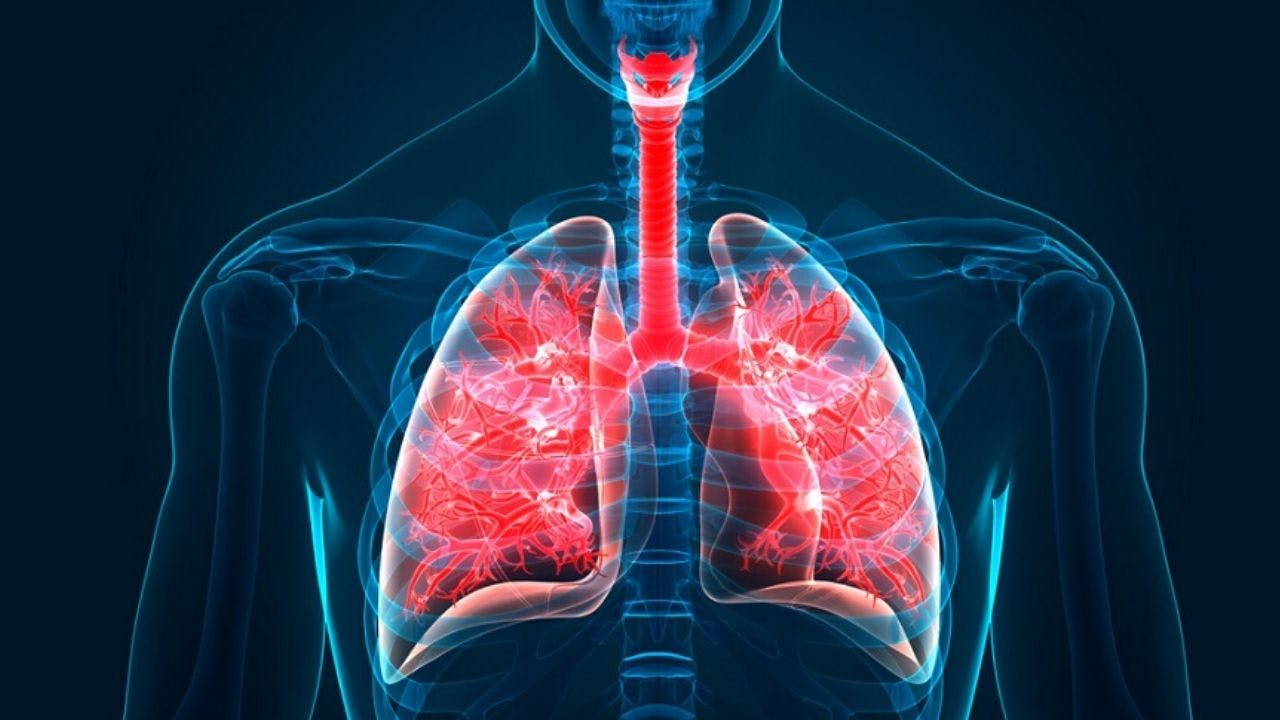March 3, 2020
1m 51s
Share:
In the midst of the coronavirus pandemic and in the dilemma if hyperbaric oxygen can reverse pulmonary hypoxia (cause of death in patients with COVID-19), 5 severe cases of COVID-19 were treated in Wuhan by Dr. Zhong Yianling with hyperbaric oxygenation therapy (HBOT) at 1.6 ATA and sessions of 120 minutes.
Dr. Yianling promotes the use of HBOT as a therapy for critically ill patients with COVID-19 since it would generate greater efficiency in treatment, reduce pressure on health personnel, diminish the risk of infection, and decrease the mortality rate of critic patients.
As evidence, it presents the successful treatment of five patients, of which two presented critical symptoms and three were severe. It was observed:
- Quick relief of hypoxia symptoms: after the first session, dyspnea and chest pain were reduced. After the second session, symptoms basically decreased, the respiratory rate decreased, and difficulty breathing eased more slowly.
- Quick correction of hypoxemia: A blood sample from each patient was analyzed at the beginning of the session. They all showed low oxygen saturation. At the end of the session, the low saturation was immediately reversed. From the 5th day session, oxygen saturation was greater than 95% in all patients. At the end of the treatment, saturation was greater than 93%, and even arterial values recovered significantly.
This health professional suggests that HBOT is better than mechanical ventilation, with which they already have previous experience. That is because it has a higher oxygenation index and greater access to cells to reduce inflammation since oxygen is diluted in plasma.
By inhaling oxygen at high pressures, a greater range of gas diffusion and a higher concentration is obtained. This allows the thickening of the tissue to be overcome, due to inflammation and fibrosis of the lung tissue. HBOT is safe at the lung level and is evidenced in this study.
It reports a significant reduction in pulmonary hypoxia from the start, with marked improvement at 5 days of treatment as seen in pulmonary computed tomography images. It should be considered that many authors report a progressive worsening of pulmonary hypoxia with its maximum peak at 10 days, even in patients who were cured of COVID-19 (Pan, 2020).
In conclusion, the author considers HBOT in the treatment of pulmonary hypoxia as a safe and clearly superior treatment compared to other methods such as mechanical ventilation and extracorporeal membrane oxygenation (ECMO) for pulmonary oxygenation. In conjunction with other pharmacological and non-pharmacological therapeutic lines, this treatment could reduce the rate of infection and mortality in the COVID-19 pandemic.
Source
Pan F et al. Time Course of Lung Changes On Chest CT During Recovery From 2019 Novel Coronavirus (COVID-19) Pneumonia. Radiology. 2020 13: 200370.
Link: https://www.ihausa.org/covid19-hyperbaric-therapy/
Share:
Related
View cookie policy.


